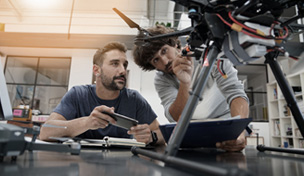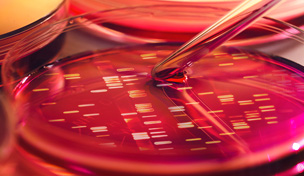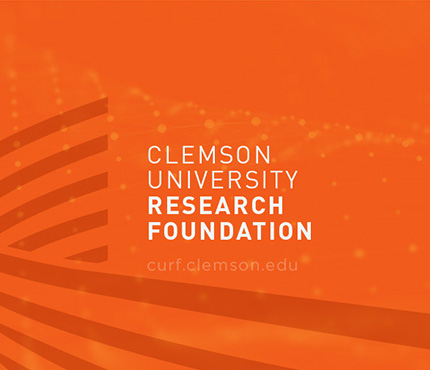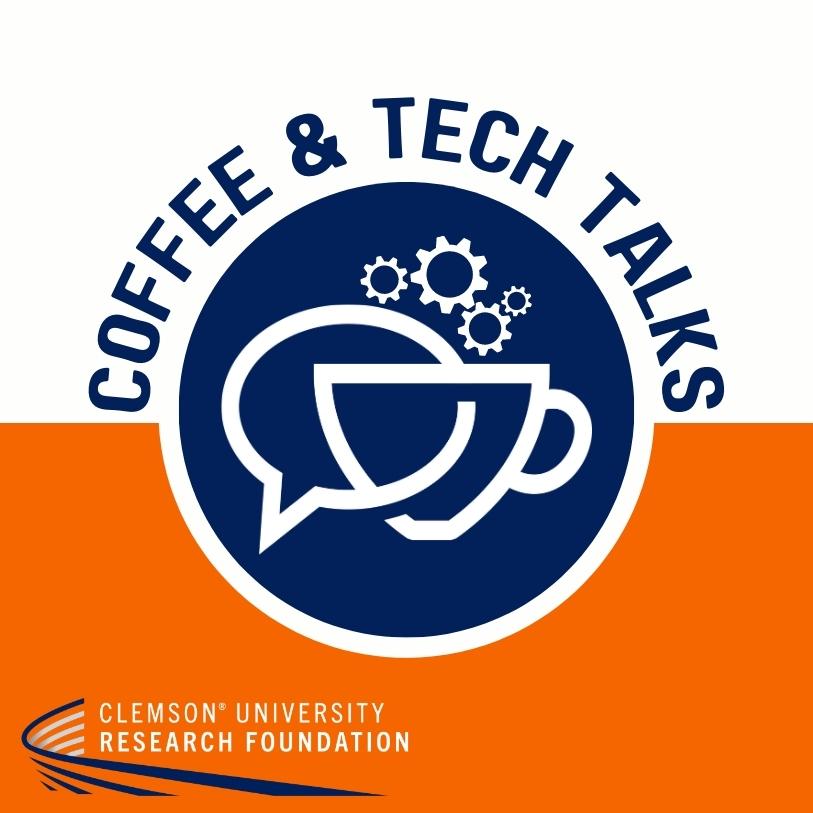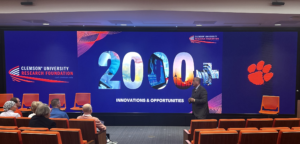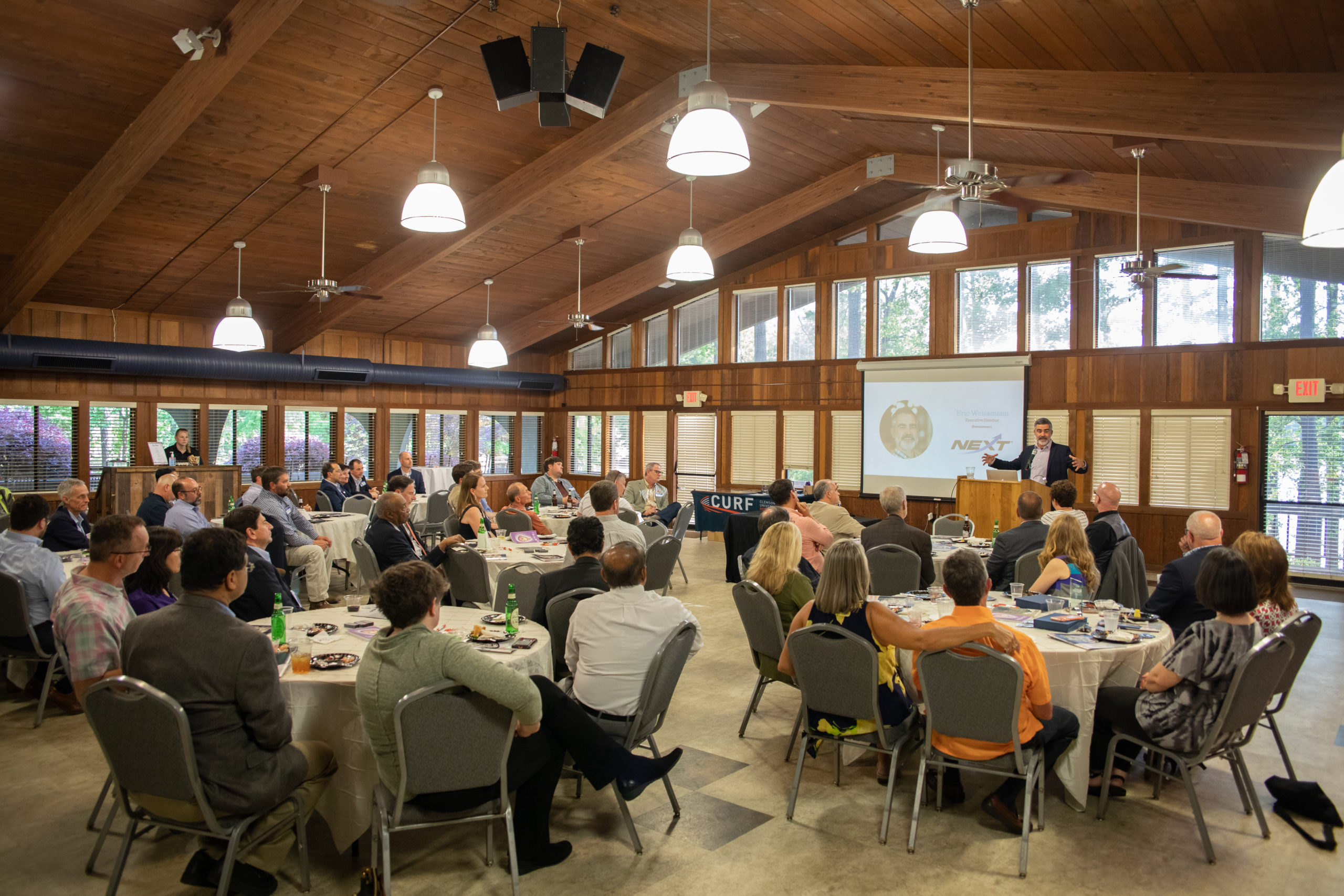
Last year, the Clemson University Research Foundation was able to assist faculty with securing 14 patents for technologies in areas ranging from chemistry to architecture, in an effort to advance innovation through protecting and developing university intellectual property.
Below is a complete list of inventors who received a patent.

Rhett Smith (left) and Andrew Tennyson (right)
Rhett Smith (Chemistry) and Andrew Tennyson (Chemistry) received a patent for their environmental technology that repurposes sulfur and lignocellulose waste. Their composite materials chemically modify covalent bonds for increased mechanical strength, chemical resistance, and reduced environmental contamination.
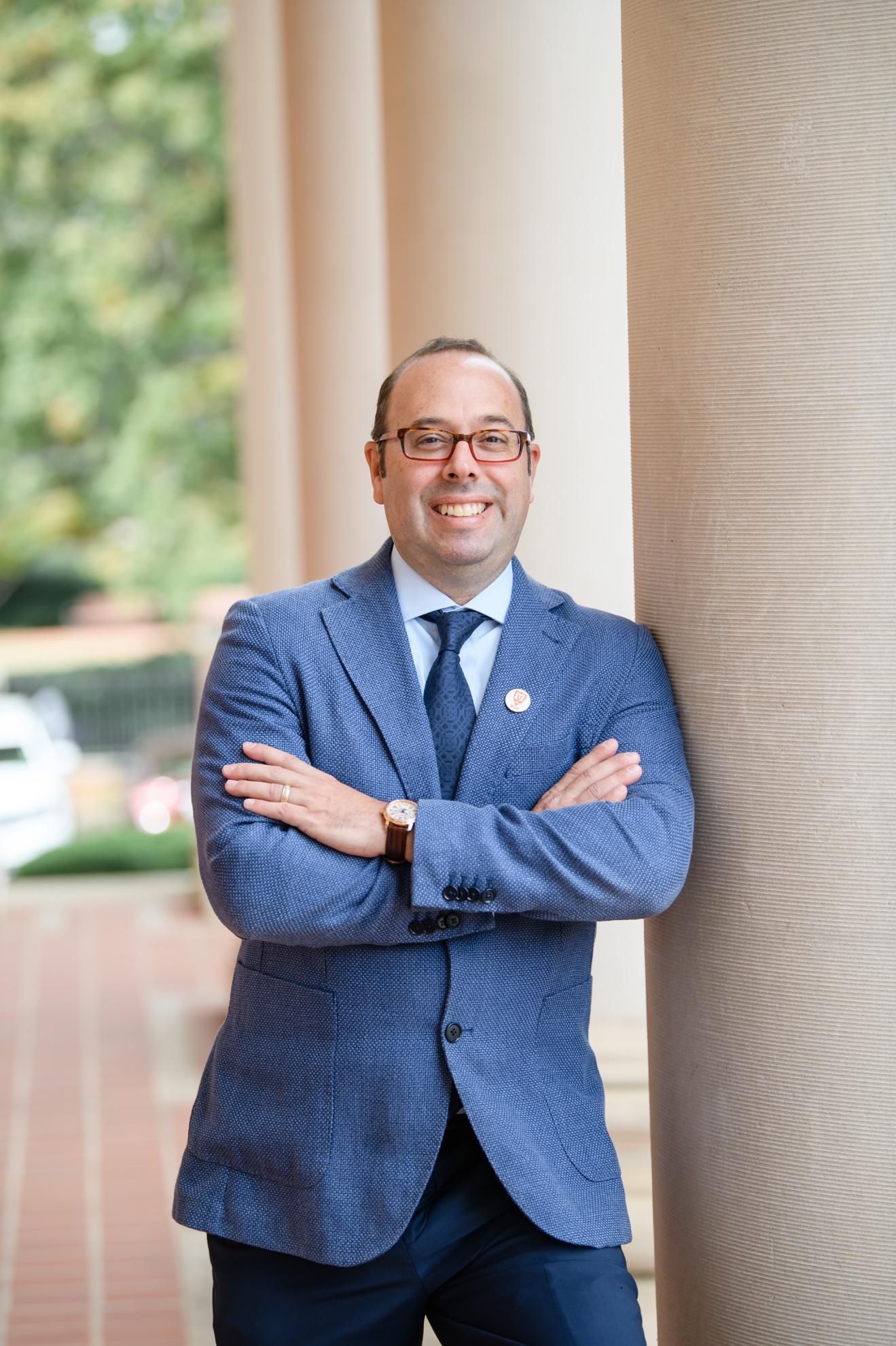
Kyle Brinkman
Kyle Brinkman (Material Science and Engineering) secured a patent for his hydrogen separation technology that uses graphene-ceramic sheets for separation membranes. The graphene sheets lower membrane production costs, provide higher operating temperatures than palladium, and demonstrate greater resistance to oxidation and expansion than nickel.
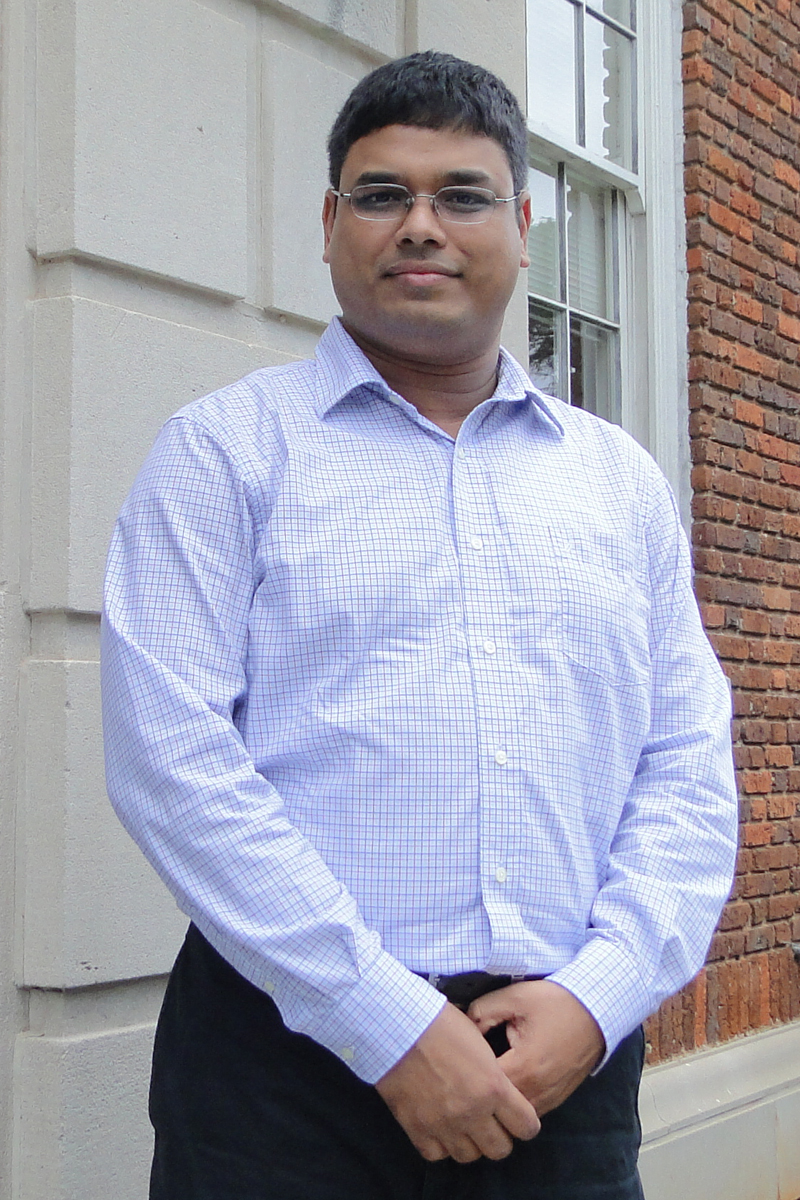
Goutam Koley (left) and Sayful Islam
Goutam Koley (Electrical and Computer Engineering), Md Saiful Islam (Electrical Engineering), and Hongmei Li (not pictured/Electrical Engineering) received a patent for their graphene-based ion sensitive field effect transistors that can selectively detect K+ ions.
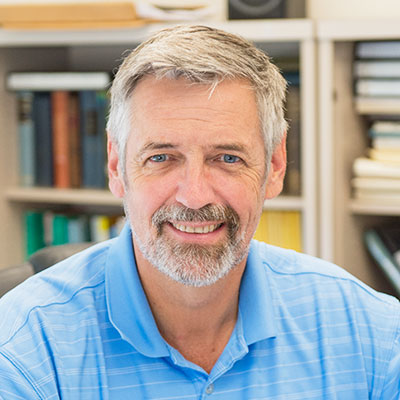
Joseph Kolis
Joseph Kolis (Chemistry) obtained a patent for his crystal growth method that utilizes a hydrothermal process to produce single crystals for use in high-power industrial lasers.
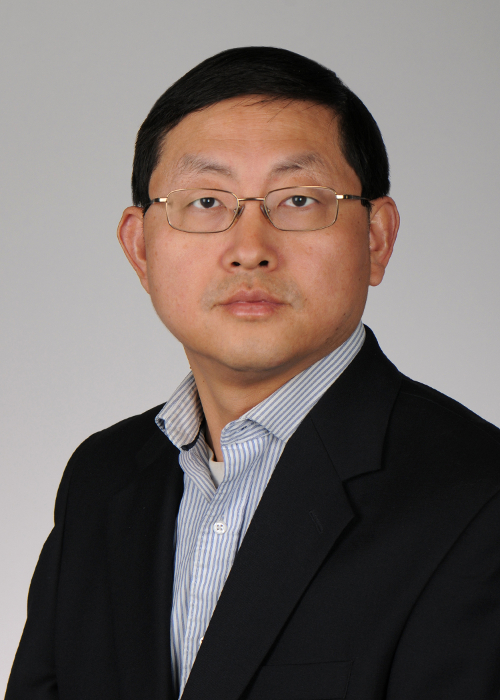
Ying Mei
Ying Mei (Bioengineering) received a patent for his research on introducing trace amounts of novel electrically conductive nanowires into cardiac spheroids. This approach advances the maturation of stem cells or progenitor cells to produce functional, biocompatible cardiomyocytes for the repair of damaged cardiac tissue.
Additionally, he received a patent for a bi-functional RGD peptide that helps identify ligands and improve functions of endothelial cells, allowing for the development of biomaterials to treat ischemic diseases.

Leslie Sierad (left) and Dan Simionescu (right)
Leslie Sierad (Bioengineering) and Dan Simionescu (Bioengineering) received a patent for their systems and methods that decellularize aortic valve roots and other smaller blood vessels. This innovation can lead to the creation of a tissue engineered heart valve root or blood vessel replacement.
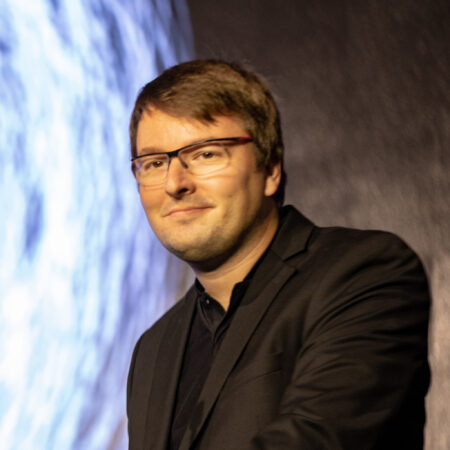
Joseph Choma
Joseph Choma (Architecture) secured a patent for his sequential manufacturing process of composites that can fabricate unique structures without the use of molds. This approach to the manufacturing of fiberglass eliminates the time and additional cost associated with traditional mold-making by selectively coating flat sheets of fiberglass with resin.

Jeremy Gilbert
Jeremy Gilbert (Bioengineering) has secured a patent for his method of determining the complete frequency-dependent electrode impedance response. This method will make it easier to measure impedance of electrode systems in real-time and will significantly extend the range of frequencies beyond the range measured.

Herbert Behlow (left), Apparao Rao (center), and Ramakrishna Podila (right)
Herbert Behlow (Physics and Astronomy), Ramakrishna Podila (Physics and Astronomy), and Apparao Rao (Physics) obtained a patent for their portable, self-powered wireless sensor that enables wireless transmission over a range of tens of meters without a motor or active power supply.

Leslie Sierad (left), Dan Simionescu (2nd left), Bill Delaney (2nd right), and Agneta Simionescu (right)
Leslie Sierad (Bioengineering), Dan Simionescu (Bioengineering), Agneta Simionescu (Bioengineering), and William “Bill” Delaney (Electrical and Computer Engineering) have secured a patent for their development of a device used to hold natural or synthetic valves under constant force by a self-adjustable spring. This provides a means to transfer a heart valve product safely and securely from device to device by holding that heart valve tissue under constant pressure without risk of tearing.

Igor Luzinov (left) and Iurii Bandera (right)
Igor Luzinov (Materials Science and Engineering) and Iurii Bandera (Center for Optical Materials Science and Engineering Technologies) have secured a patent for an innovative polymer that can be programmed to decaffeinate a beverage manually or automatically within one minute or less or select a level of decaffeination by controlling the exposure time to said devices.

Endre Takacs (left) and Mark Leising (right)
Xiao Ran Zheng (not pictured/ Physics and Astronomy), Endre Takacs (Physics and Astronomy), and Mark Leising (Physics and Astronomy) have obtained a patent for a Precision Radiosurgery Treatment Head (PRTH) with a highly competitive design that allows neurosurgeons to treat patients quicker, more safely, and more precisely.
In addition, these are the inventors who secured licenses for their inventions and were presented with the Inventor’s Club Awards:

Rick Boyles
Richard (Rick) Boyles serves as an assistant professor of plant breeding and genetic, co-principal investigator for cereal grains breeding and genetics, and lead investigator for organic sorghum biofortification in the USDA Organic Agriculture Research and Extension Initiative (OREI) at Clemson. His research focuses on cereal crop improvement.

Charles Rice
Charles Rice is a professor in the Department of Biological Sciences at Clemson. His research focuses on using monoclonal antibodies for the treatment and monitoring of chronic inflammatory disorders.

Brad Stancil
Bradley (Brad) Stancil is the director of the SC Crop Improvement Association and the SC Official Variety Trials (OVT) coordinator. His work addresses the development, testing, introduction, production, education, and distribution of superior strains and varieties of planting stock.
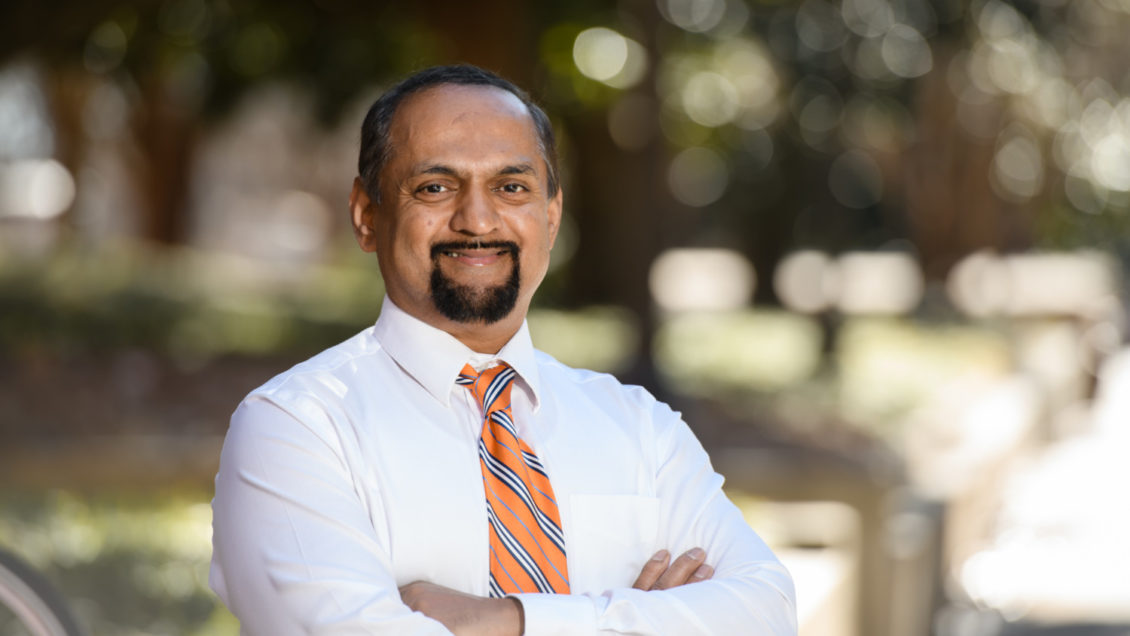
Naren Vyavahare
Naren Vyavahare is the Hunter Endowed Chair and professor of Bioengineering at Clemson. His research focuses on finding site-specific therapies to stabilize vascular structures to prevent or reverse calcification and aortic aneurysms.

Dan Simionescu
Dan Simionescu is a Harriet and Jerry Dempsey Endowed Professor of Bioengineering at Clemson and the principal investigator of the Biocompatibility and Tissue Regeneration Laboratory. His research looks at how biocompatibility can be used to provide viable solutions to treatment of degenerative diseases in cardiovascular and orthopedic systems.




